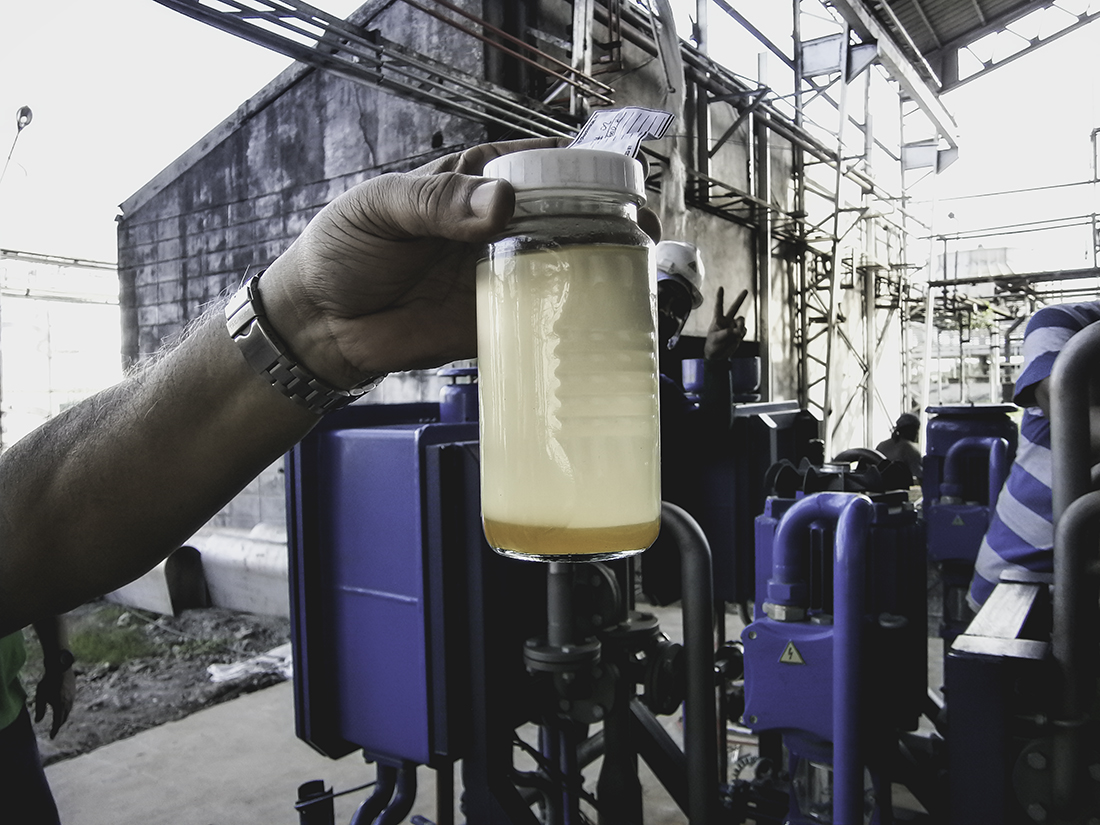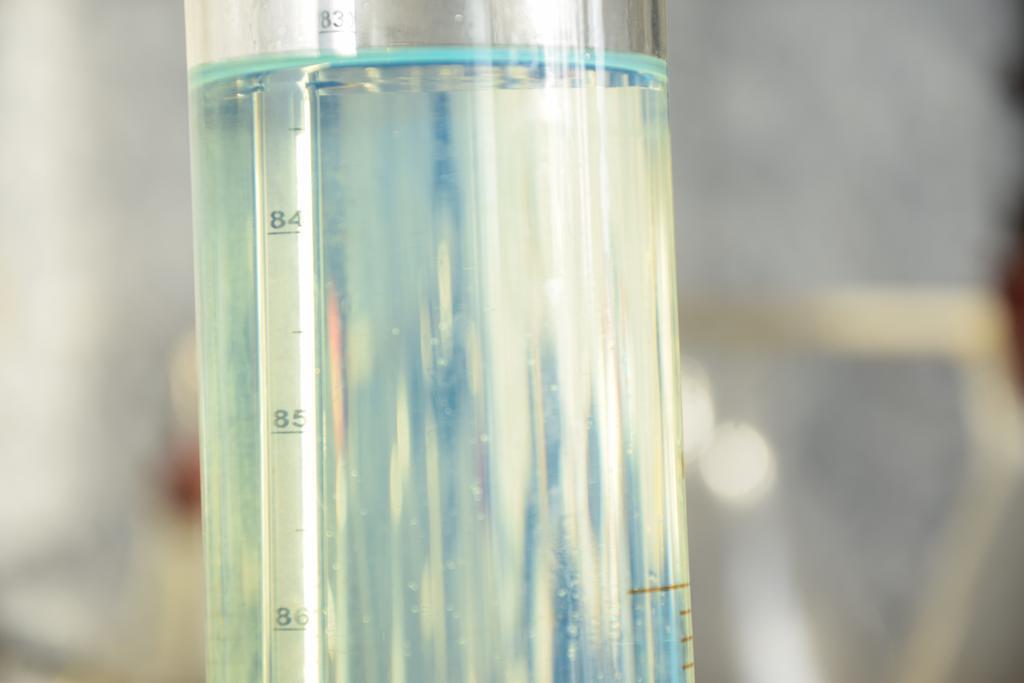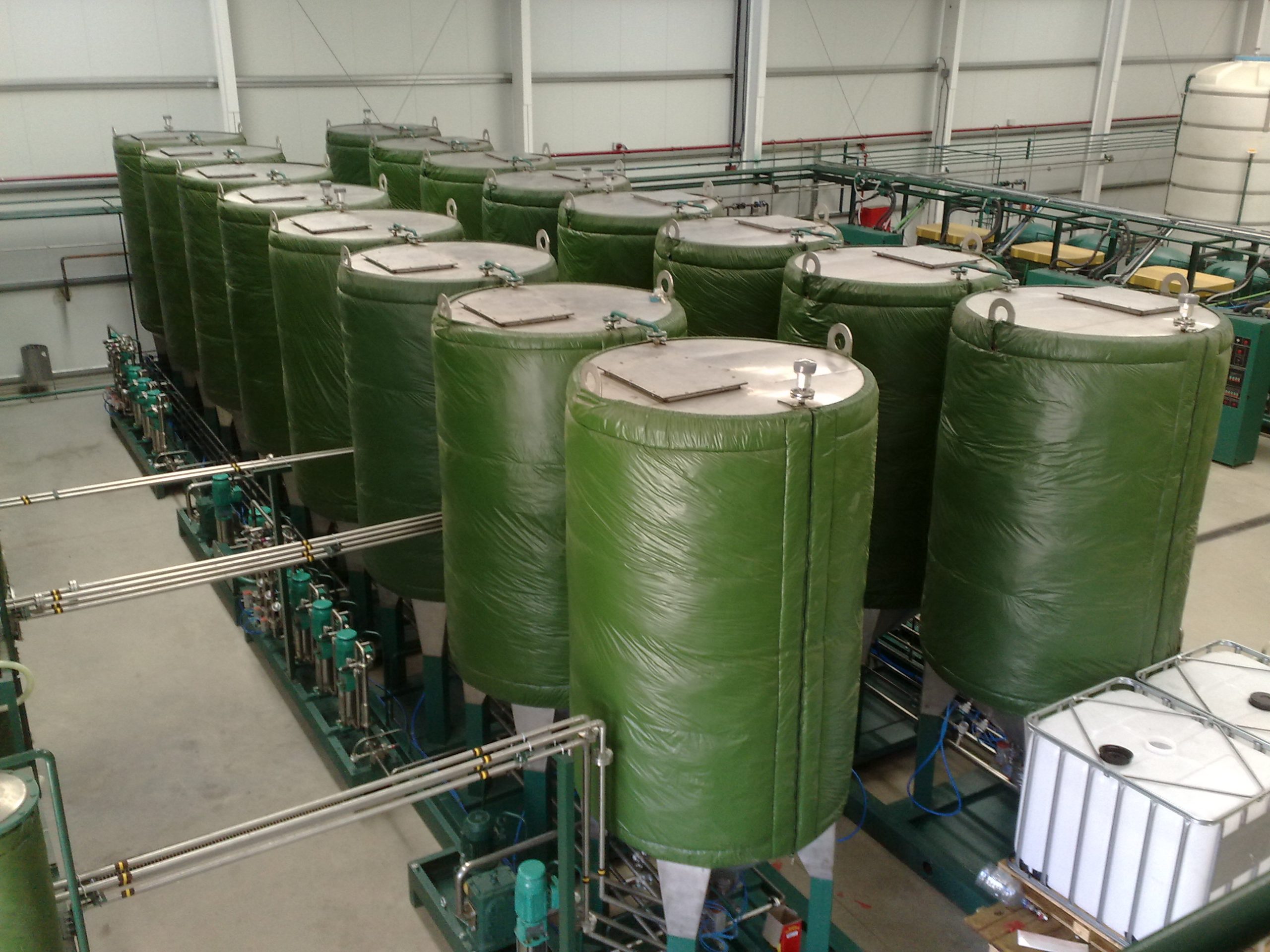



Currently, the term “biodiesel” is somewhat vague due to special aspects of its historical development. The first experiments with biodiesel were carried out at the end of the 19th century. In 1900, at one of the largest thematic exhibitions, Rudolf Diesel demonstrated an engine running on the oil derived from pine seeds. As a matter of fact, it was the first biodiesel. The prospects of using regular vegetable oil as fuel were discussed as well. But it was not the best time for biodiesel technology at that point. The oil industry was rapidly developing, and it was more convenient and cheaper to produce fuel from oil. An interest in biodiesel was lost and reappeared only in the 1970s during the oil crisis which consisted in rapidly rising prices for “black gold”. Blends of fuel oil (70 ... 95%) and vegetable oils (5 ... 30%) were used in order to reduce the cost of fuel. This blend was called biodiesel fuel or biodiesel. Now, the term “biodiesel” is understood to mean the biofuel derived from vegetable or animal fats, as well as from the (re)esterification products thereof.
Specialists of the Alternative Fuels Research Institute conduct research aimed to increase the efficiency and to accelerate the (re)esterification reaction through the use of hydrodynamic cavitation mixers and vortex layer devices as reactors. Cavitational processing contributes to a change in the molecular configuration of vegetable oil esters with formation of new organic compounds similar to conventional components of petroleum fuel by their properties. Apart from the cavitation effect, there are other influencing factors in vortex layer devices. In terms of design, a vortex layer device is an inductor that creates a rotating electromagnetic field in the operating chamber made of non-magnetic material. Ferromagnetic particles looking like needles are placed into this chamber. Driven by the field, the particles begin to rotate along complex trajectories forming a so-called vortex layer. Furthermore, the particles constantly collide with one another, with the chamber walls, and with particles of processed substance. In addition to cavitation, there occur magnetostriction, electrolysis, and high local pressure in the operating chamber. The combined effect of these factors leads to increased energy of reacting particles which reduces the activation energy of the (re)esterification reaction and increases its rate. Intensification of the reaction reduces the amount of methanol and catalyst used. The reaction goes by almost instantly. It paves the way to creating continuous process lines for biodiesel production.
Industrial production of biodiesel has been set up in some countries since the 1990s. Basically, it was facilitated by two factors: an environmental factor and import dependence. Not nearly all countries are rich in oil resources, thus, they have to buy raw materials for fuel production abroad. Furthermore, when conventional petroleum fuels are burned, environment pollutants are emitted. One of the possible ways to solve these problems is to fully or partially substitute conventional diesel fuel with biodiesel derived from vegetable oils and animal fats. Using biodiesel as a motor fuel reduces hazardous emissions. Natural origin makes biodiesel less toxic compared to petroleum fuel; therefore, when biodiesel is released into the environment, it causes no harm to plants and animals. 28 days normally suffice for microorganisms to process 99% of biodiesel in natural environments. Other advantages of biodiesel fuel include good lubricating properties, higher cetane number (not less than 51), high ignition temperature (not less than 150°C), and combustion efficiency.
The raw materials for biodiesel production in each individual country may differ due to the geographic situation and historical background for growing a particular plant. It is common to produce biodiesel fuel from rapeseed in Europe, from soybeans in the USA and Argentina, from jatropha in India, and from palm fruit in Indonesia and the Philippines. Other oil crops such as walnut, cotton, sunflower, hemp may be used to produce biodiesel. Biodiesel fuel is also derived from animal fats (waste from meat-processing integrated plants), cod liver oil, algae, and other raw materials.